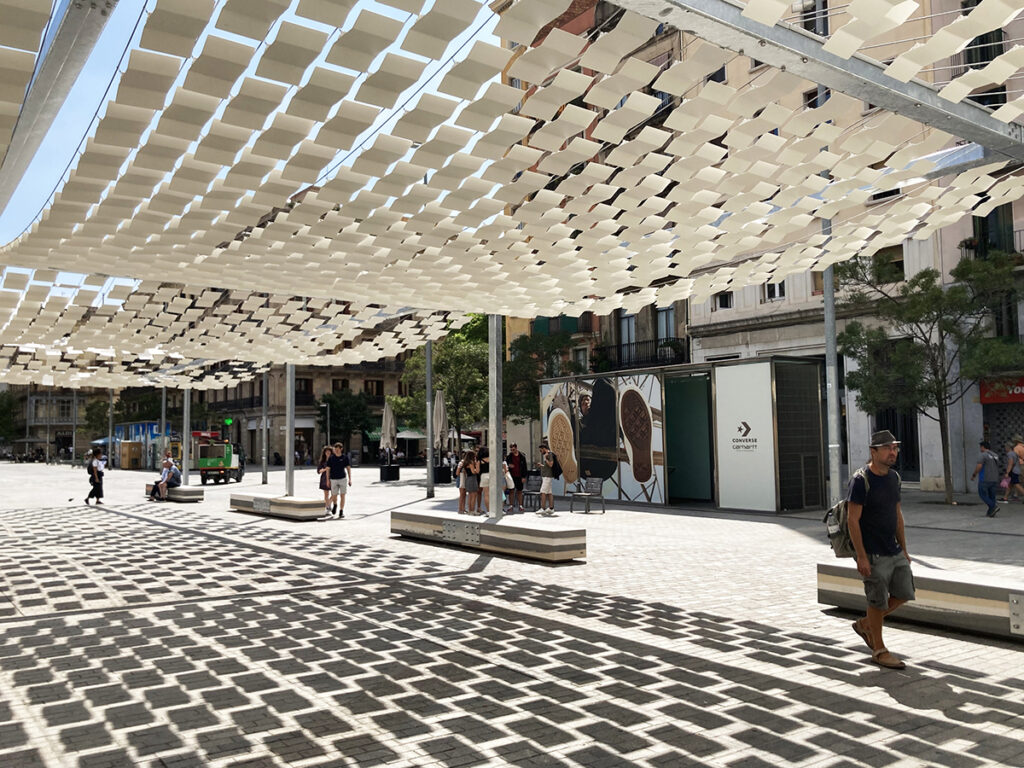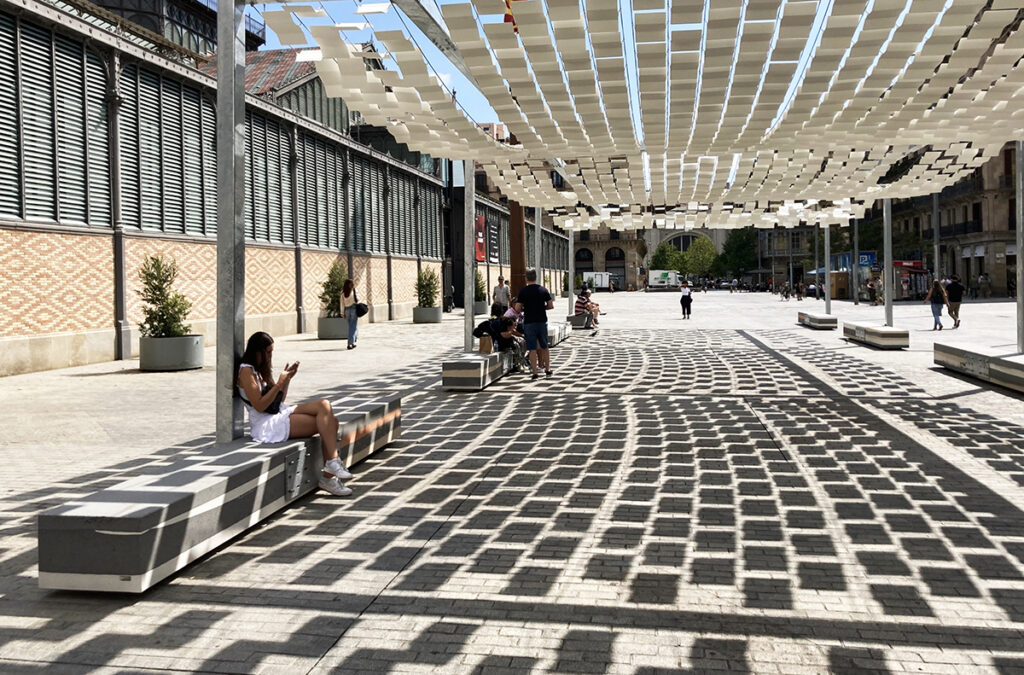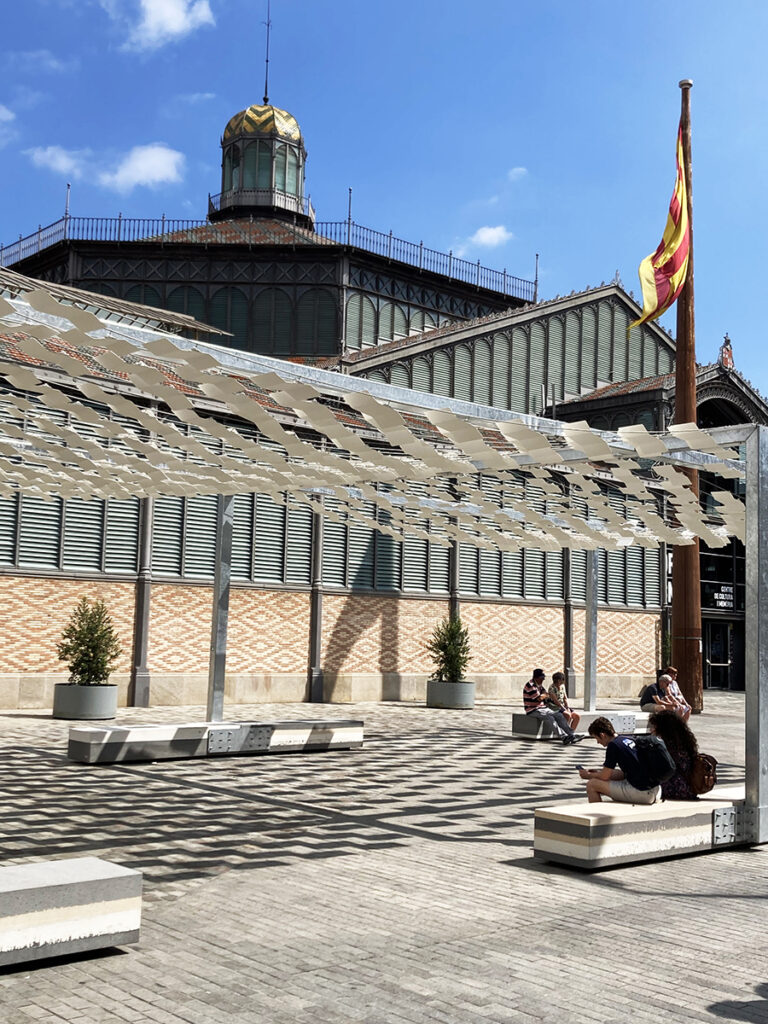The success of an industrial coating is not measured only by how it looks, but by its resistance, durability, and ability to protect the part over time. And all of that begins at a critical point that is often invisible to the end client: adhesion.
Good adhesion is the foundation of an effective coating. It prevents issues such as PAINT PEELING, premature corrosion, or accelerated wear. But ensuring optimal adhesion does not depend solely on the paint. It requires a detailed analysis of the substrate, a rigorous pre-treatment process, the correct choice of coating system, and exhaustive quality control. This is the process we follow at Mestres Pintura Industrial, and here’s how it works in detail.

1. Technical knowledge of the substrate: the essential starting point
Every coating is applied to a base, and understanding that base in depth is essential to ensure proper adhesion. This involves:
-
Identifying the type of material: carbon steel, stainless steel, aluminum, galvanized or zinc-coated steel, or other composite metals.
-
Analyzing the surface conditions: presence of rust, grease, dust, machining residues, or contaminants (such as surface scale, passivation layers, etc.).
-
Considering the final use of the piece: interior, exterior, marine environments, exposure to chemicals, and so on.
For example, a galvanized piece installed in a coastal environment will require a very different treatment from a steel component used indoors under stable temperature conditions. At Mestres, we carry out a prior technical evaluation to determine the real needs and optimize every subsequent stage.
2. Surface pre-treatment: the invisible key to quality
One of the most common mistakes in coating projects is underestimating the importance of surface pre-treatment. This step is not optional — it is fundamental to ensure a solid bond between the coating and the substrate.
Depending on the material type and the project’s level of demand, we apply:
-
Chemical treatments: alkaline or acid degreasing/phosphating, pickling, and passivation.
-
Mechanical treatments: sandblasting, shot blasting, or special abrasives to provide the right roughness or deep physical cleaning.
-
Combined treatments: for cases requiring both chemical and mechanical activation of the surface.
These processes remove contaminants, prepare the ideal roughness for paint adhesion, and create a chemically active surface. They also enhance corrosion resistance and extend the coating’s lifespan. The entire process is carried out under strict controls and with full traceability to guarantee repeatable, consistent results.
3. Choosing the coating system: a strategic decision
Not all projects have the same requirements. That’s why selecting the right coating system is a strategic decision that directly impacts the performance, aesthetics, and functionality of the piece.
At Mestres, we work with two main systems:
Powder Coating
-
Electrostatic application without solvents
-
Ideal for metal parts exposed to demanding environments
-
High resistance to weather, impact, and abrasion
-
Sustainable: lower VOC emissions and better material efficiency
Liquid Painting
-
More versatile for complex shapes or special materials
-
Ideal for high-quality aesthetic finishes or highly specific technical requirements
-
Suitable for sectors where visual uniformity is key (automotive, design, railway, etc.)
-
Allows touch-ups after application
Choosing the right system also means correctly defining:
-
The type of paint (polyester, epoxy, polyurethane, etc.)
-
The required thickness
-
The curing temperature and time
-
The application conditions (booths, environment, humidity, etc.)
-
And whether primers are needed
These variables are customized for each client, ensuring a coating that not only adheres but also performs, endures over time, and maintains its quality.
4. Quality control: verification before installation
Once the coating has been applied, it is essential to verify that adhesion is real, deep, and resistant over time. At Mestres, we implement specific quality control protocols for each project. This ensures that every piece leaving our workshop meets the highest standards — both technically and aesthetically.

In summary: the Mestres formula for perfect adhesion
Adhesion is no coincidence — it is the result of a rigorous technical process that combines knowledge, technology, and experience.
The 4 pillars of our approach are:
-
Technical diagnosis of the substrate
-
Customized surface pre-treatment
-
Selection of the optimal coating system
-
Rigorous and measurable quality control
This is our commitment to every project, large or small.
At Mestres, we don’t just paint. We protect. We strengthen. We guarantee.
With over 100 years of experience in the sector and our own 360º methodology, at Mestres Pintura Industrial we go beyond simply applying paint. We take part in the entire process to ensure that each coating is a durable, safe, and technically sound solution, tailored to the specific needs of every client and industry.

